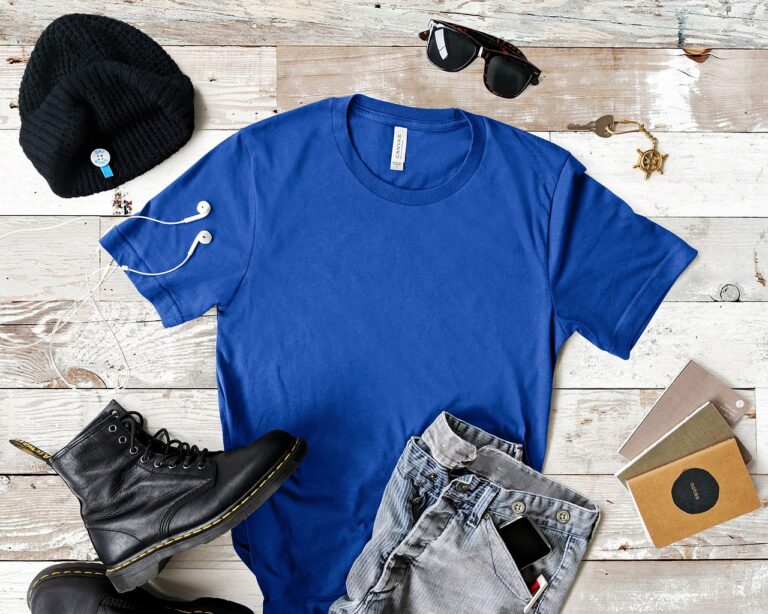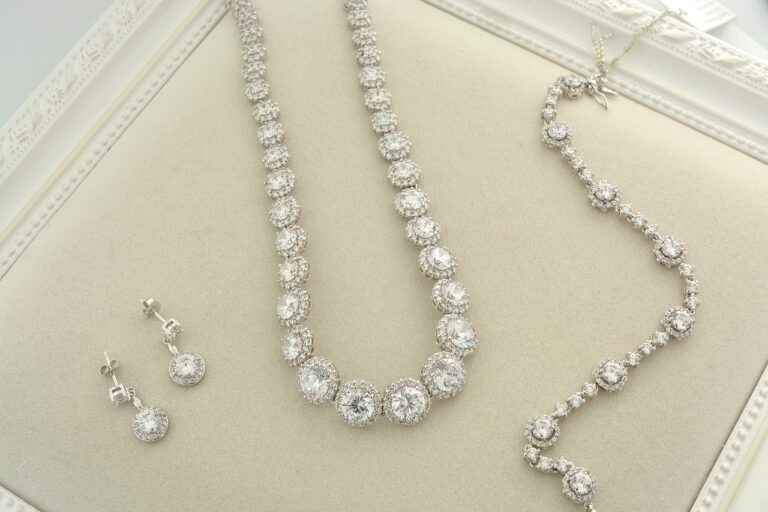Fabrics in Sustainable Soccer Apparel: Earth-Friendly Gear for Players: Allexchbet, 99exch, All panel.com
allexchbet, 99exch, all panel.com: When it comes to soccer apparel, comfort, performance, and durability are crucial for players to excel on the field. But with increasing awareness about the environmental impact of fast fashion, there is a growing demand for sustainable options that are not only good for the planet but also for the players themselves. Fabrics play a key role in creating earth-friendly soccer gear that is both eco-conscious and high-performing.
1. Why Sustainable Fabrics Matter
Sustainable fabrics are made from renewable resources and have a minimal impact on the environment during production. These fabrics are free from harmful chemicals and dyes, making them safer for both the environment and the people wearing them. By choosing sustainable fabrics for soccer apparel, players can reduce their carbon footprint and support eco-friendly practices in the fashion industry.
2. Organic Cotton
Organic cotton is a popular choice for sustainable soccer apparel. Grown without the use of synthetic pesticides and fertilizers, organic cotton is gentle on the environment and on the skin. It is breathable, moisture-wicking, and durable, making it an ideal fabric for soccer jerseys, shorts, and socks.
3. Recycled Polyester
Recycled polyester is another eco-friendly option for soccer apparel. Made from post-consumer plastic bottles, recycled polyester helps reduce plastic waste in landfills and oceans. It is lightweight, moisture-wicking, and quick-drying, making it a great choice for soccer uniforms that require high-performance fabrics.
4. Bamboo
Bamboo fabric is a sustainable alternative to traditional cotton and synthetic fabrics. Bamboo is a fast-growing plant that requires minimal water and no pesticides to thrive. Bamboo fabric is soft, breathable, and hypoallergenic, making it a comfortable option for soccer apparel. It also has natural anti-bacterial properties, keeping players fresh and odor-free during intense matches.
5. Hemp
Hemp fabric is a durable and eco-friendly material for soccer apparel. Hemp plants require little water and no pesticides to grow, making them a sustainable choice for environmentally-conscious players. Hemp fabric is strong, breathable, and moisture-wicking, making it suitable for soccer uniforms that need to withstand rough play and frequent washings.
6. Tencel
Tencel is a fabric made from eucalyptus trees, known for their rapid growth and minimal water requirements. Tencel is soft, lightweight, and moisture-wicking, making it a comfortable and sustainable choice for soccer apparel. Tencel is also biodegradable, meaning that it will break down naturally at the end of its life cycle, further reducing its impact on the environment.
7. FAQs
Q: Are sustainable fabrics more expensive than conventional fabrics?
A: While sustainable fabrics may have a slightly higher upfront cost, they often last longer and require less frequent replacement, making them a cost-effective choice in the long run.
Q: How do I know if a soccer apparel brand uses sustainable fabrics?
A: Look for certifications such as GOTS (Global Organic Textile Standard) or OEKO-TEX Standard 100, which indicate that the fabrics used meet certain environmental and ethical standards.
Q: Can I recycle soccer apparel made from sustainable fabrics?
A: Yes, many sustainable fabrics are recyclable and can be repurposed into new products at the end of their useable life.
In conclusion, sustainable fabrics are the way forward for creating earth-friendly soccer apparel that is both environmentally conscious and high-performing. By choosing fabrics such as organic cotton, recycled polyester, bamboo, hemp, and Tencel, players can reduce their impact on the planet while staying comfortable and stylish on the field. Next time you’re shopping for soccer gear, consider opting for sustainable fabrics to support a more sustainable future for the fashion industry.







